In recent years, the concept of community-based mutual support for the elderly has gained significant traction as a viable solution to combat loneliness and improve overall well-being among aging populations. This model, which emphasizes shared responsibility and social engagement, has shown promising results in not only reducing feelings of isolation but also contributing to longer life expectancy. As societies around the world grapple with the challenges of an aging demographic, this approach offers a refreshing alternative to traditional care systems.
The essence of community mutual support lies in its ability to foster meaningful connections among seniors. Unlike institutionalized care, which often isolates individuals, this model encourages active participation in communal activities. From shared meal programs to group exercises and hobby clubs, these interactions create a sense of belonging that is crucial for mental and emotional health. Studies have repeatedly shown that seniors who engage regularly with their peers exhibit lower levels of stress and depression, factors that are closely linked to longevity.
One of the most compelling aspects of this model is its adaptability to different cultural and economic contexts. Whether in urban neighborhoods or rural villages, the core principles remain the same: neighbors helping neighbors. In Japan, for instance, the "fureai kippu" system allows volunteers to earn credits by assisting elderly members with daily tasks, which they can later redeem for services themselves. Similarly, in Scandinavian countries, co-housing arrangements have become increasingly popular, where seniors live independently but share common spaces and responsibilities. These examples highlight the versatility of community-driven solutions.
The psychological benefits of such arrangements cannot be overstated. Loneliness among the elderly has been identified as a silent epidemic, with research suggesting it can be as damaging to health as smoking 15 cigarettes a day. By creating networks where seniors feel valued and needed, community mutual support directly addresses this issue. The simple act of having someone to talk to regularly or knowing that others depend on them can significantly boost self-esteem and purpose, both of which are vital for maintaining cognitive function and physical health in later years.
Interestingly, the advantages extend beyond the immediate participants. Younger generations involved in these programs often report gaining valuable life perspectives and forming intergenerational bonds that enrich their own lives. This reciprocal relationship helps break down age-related stereotypes and creates more cohesive communities. In many cases, local businesses and organizations also contribute by providing venues or resources, further strengthening community ties and creating a supportive ecosystem for all residents.
From a healthcare perspective, the preventive benefits of this approach are becoming increasingly apparent. Regular social interaction has been linked to lower blood pressure, reduced risk of dementia, and stronger immune systems. When seniors feel connected and engaged, they're more likely to maintain healthier lifestyles and seek medical attention when needed. This proactive effect reduces the burden on formal healthcare systems while improving quality of life for participants. Some healthcare providers have even begun prescribing social activities as part of treatment plans for elderly patients.
The economic implications are equally noteworthy. Traditional elderly care systems often place significant financial strain on families and governments. Community mutual support models, by leveraging existing social capital and volunteer networks, can provide cost-effective alternatives without compromising care quality. While professional medical services remain essential for certain needs, many day-to-day support functions can be effectively managed through community networks. This hybrid approach allows resources to be allocated more efficiently while ensuring no one falls through the cracks.
Technology has emerged as an unexpected ally in scaling these initiatives. Digital platforms now enable virtual participation for those with mobility challenges, while apps help coordinate volunteer schedules and match needs with available assistance. These tools have proven particularly valuable during times when physical gatherings are limited, ensuring continuity of support. However, proponents emphasize that technology should complement rather than replace face-to-face interactions, which remain at the heart of the model's success.
As research continues to validate the benefits of community mutual support for aging populations, policymakers are taking notice. Several governments have begun integrating these principles into their national aging strategies, providing funding and infrastructure support to grassroots initiatives. This institutional recognition marks an important shift in how societies approach elderly care, moving from a deficit-based model to one that recognizes and harnesses the continued contributions of older adults.
The longevity effects observed in communities practicing mutual support suggest we may need to reconsider our understanding of aging itself. Rather than viewing later years as a period of inevitable decline, this model demonstrates how proper social frameworks can help seniors thrive. Areas with strong community support networks, often referred to as "blue zones," consistently show higher concentrations of centenarians and better overall health metrics among their elderly populations.
Implementation challenges remain, of course. Establishing trust among participants, ensuring sustainability, and addressing diverse needs require careful planning and ongoing adjustment. Yet, the growing body of success stories provides a compelling blueprint. From reduced healthcare costs to happier, more connected communities, the potential rewards justify the effort required to overcome these hurdles.
Looking ahead, as global life expectancy continues to rise, community mutual support models offer a humane and practical approach to ensuring those extra years are lived with dignity and joy. By tapping into the fundamental human need for connection and purpose, these initiatives point toward a future where aging isn't something to be feared, but rather another life stage full of potential and mutual growth.
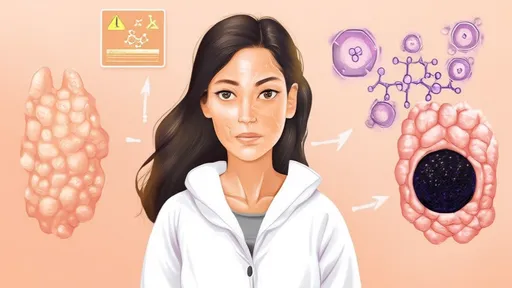
By /Jul 25, 2025

By /Jul 25, 2025
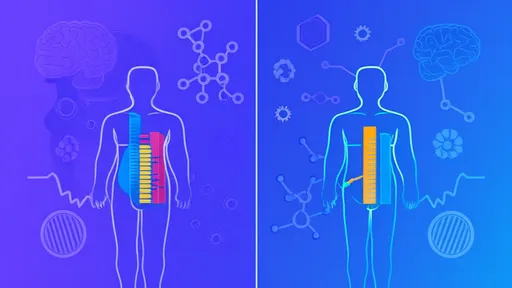
By /Jul 25, 2025

By /Jul 25, 2025

By /Jul 25, 2025

By /Jul 25, 2025

By /Jul 25, 2025

By /Jul 25, 2025

By /Jul 25, 2025

By /Jul 25, 2025

By /Jul 25, 2025

By /Jul 25, 2025
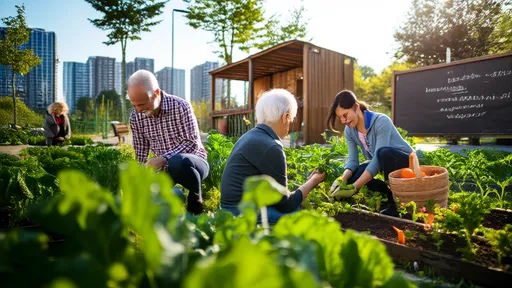
By /Jul 25, 2025
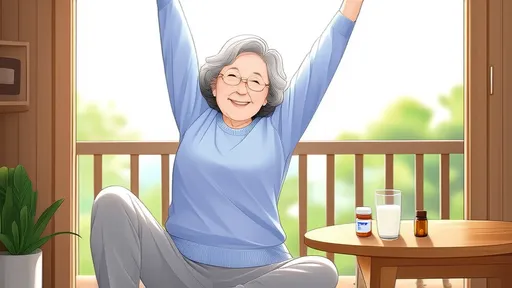
By /Jul 25, 2025

By /Jul 25, 2025

By /Jul 25, 2025
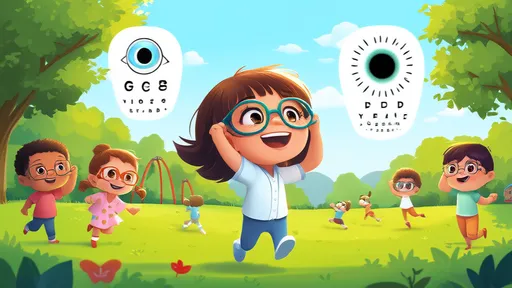
By /Jul 25, 2025

By /Jul 25, 2025